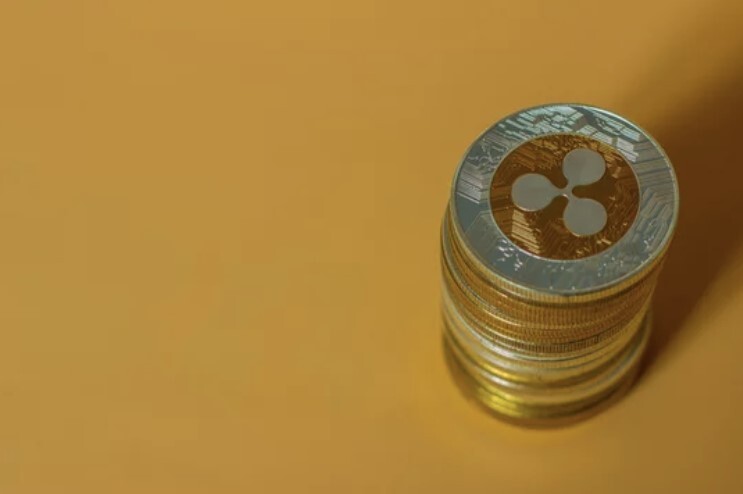 ▲ Ripple (XRP) |
Cryptocurrency analyst King Karan, known as a believer in Ripple (XRP), was boldly optimistic about Ripple's long-term strength.
According to NewsBTC, King Karan argued that missing out on Ripple's integration into the financial banking system could be one of the biggest mistakes for investors. He added that if Ripple were to be fully integrated with the financial banking system, there would be a possibility of reaching a new high along with a fundamental upward trend.
King Karan's bullish optimism is based on expectations that Ripple will be adopted by financial institutions and overseas payment systems.
Ripple presented its plan to expand and operate in multiple trillion-dollar markets and its goal to replace the SWIFT network, a massive messaging network used by global banks and financial institutions.
Earlier this year, Ripple announced the performance of its ecosystem, highlighting its potential for adoption in the global payment system. Ripple Chief Legal Officer Stuart Alderoty also previously predicted that Ripple would be used for overseas payments in the United States.
King Karan also emphasized that he is 100% confident in his decision to buy at a low price right now, regardless of whether Ripple is strong in the short term or in a few years.
However, looking at Ripple’s short-term trend, price consolidation continues.
Cryptocurrency media CryptoPotato noted that Ripple is continuing price consolidation within the sideways section in a triangle pattern, explaining that it suggests a balance between buying and selling pressure and uncertainty in the overall trend direction. The current price consolidation zone has served as a solid support zone since May of last year, emphasizing steady demand and price pressure.
Now the lower boundary has been lowered to $0.47, and buyers are having difficulty pushing the price downward to $0.47.
However, Crypto Potato diagnosed that there is a possibility that a weak bullish trend toward the top of the triangle pattern will unfold as a bullish reversal occurs in the medium term.








